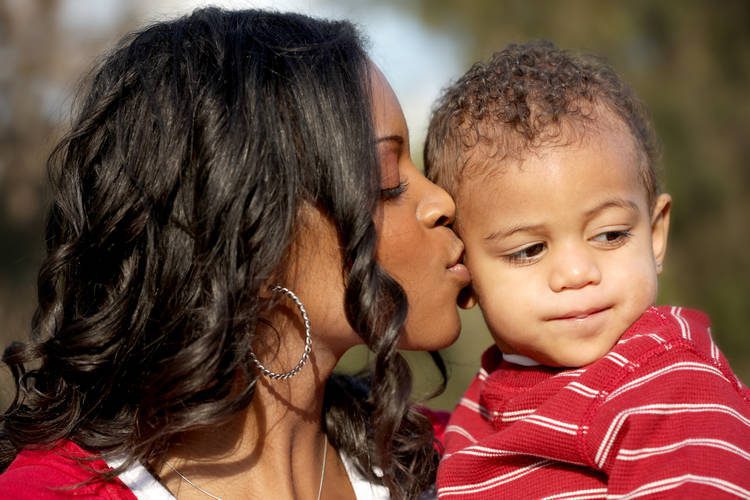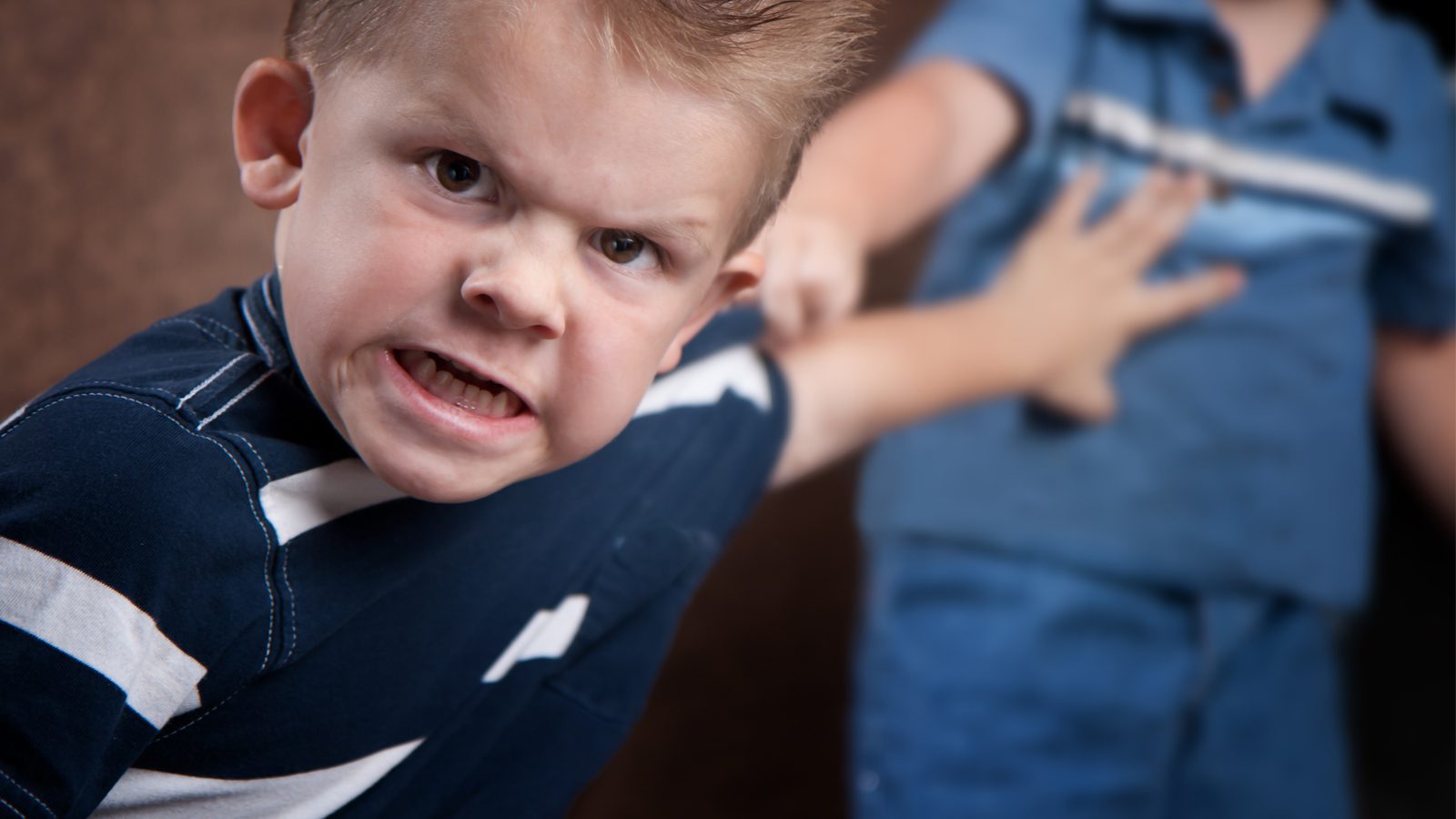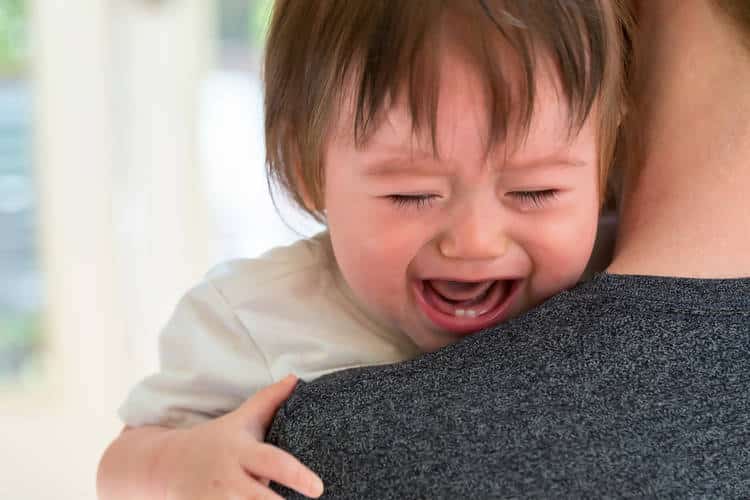Ask any parent whether they want their child to be an aggressive person and you are likely to get more than one answer. After all, aggression is associated with both approved and disapproved behavior in our minds and in our society—both with the energy and purpose that help us to actively master the challenges of life and with hurtful actions and destructive forces.
Most of us want our children to be able to take a stand for themselves when others treat them roughly. We hope that they will not start fights but if attacked will be able to cope with the attacker and not be overwhelmed. A child’s learning to find a healthy balance between too much and too little aggressive behavior is probably the most difficult task of growing up.
According to developmental theory, aggressive impulses or drives are born in the human child and are a crucial aspect of the psychological life-force and of survival. In the course of healthy development, these drives are normally expressed in various behaviors at different ages and, with assistance from parents and others, are gradually brought under the control of the individual—moderated, channeled, and regulated, but by no means stamped out.
Aggression Is Part of Healthy Development
During the first year, infants are not often thought of as behaving aggressively, and yet encounters in which an infant pushes, pulls, or exerts force against another are signs of the outwardly directed energy and assertiveness that reflect the healthy maturation of aggression. But the 9-month old who pulls your hair does not know that it might hurt—it is done in the same exuberant, playful spirit that is seen in other activities. It is only in the second year, when the child develops a better awareness of his separateness as a person—of “me” and “you”—that he can begin to understand that he is angry at someone and behave with intentional force. We do not usually talk about a child’s being cruel or hostile toward others until some time during the second year. Even then, he does not know enough about cause and effect to understand the consequences of his action or how to regulate this behavior toward others. When your 15-month-old smashes a fragile object, he is caught up in the pleasure of assertiveness, not anticipating its result.
Parents sometimes tell me about their toddler who “knows better” than to hit or bite. They believe this is so because when he is scolded, he looks ashamed. What the toddler understands is not that he has hurt someone or destroyed something but that he has earned the disapproval of his parents. Conversely, when praised for being gentle with another, he knows and is pleased that he is approved of for that behavior at that moment. It will take time and many reminders before he can understand that not hitting or biting applies to many situations. Young children, particularly those under 3½, scarcely know their own strength. The differences between a kiss and a bite, between patting and hitting, between nudging and pushing someone down are not automatically understood and children need many reminders: such as, “Let me show you how to pat the baby (or the family dog or Daddy’s cheek)”; “Patting feels nice. Hitting can hurt”; or “Do it softly (or gently), like this.”

Learning “What to Expect” at Different Ages and Stages
As is true of the young child’s development in other areas, there are steps and phases in the socialization of aggression, and it is worth your while to learn something about what kind of behavior to expect at various ages.
If you understand what an infant or toddler or a 4-year-old is capable of, you can adjust your own actions and teaching to realistic expectations and save yourself worry and frustration. You don’t need the anxiety of imagining that your toddler who gets very angry and has very little control over his aggression when frustrated or upset is destined to become an angry, destructive, uncontrolled 4- or 10- or 20-year-old.
On the other hand, if your 4-year-old has frequent aggressive outbursts and seems not to be concerned about the effect of his aggression, or even seems to enjoy hurting others, you are correct in being worried and in seeking ways to help him toward healthier behavior.
Parenting Strategies for Managing Aggressive Behavior in Very Young Children
How can cargivers moderate and channel a child’s aggression without being too severe?
While there is no exact recipe, here are 12 suggestions to managing aggressive behavior with a positive parenting approach.
- Limits are part of loving. Keep in mind that your child’s feeling loved and affectionately cared for builds the foundation for his acceptance of the guidance you will provide as he grows. Children who feel loved want to please their parents most of the time and will respond to their guidance. Putting reasonable restrictions on your child’s behavior is part of loving him, just as are feeding, comforting, playing, and responding to his wishes.
- Try to figure out what triggered your child’s aggressive behavior. Ask yourself what might have happened that set him off—your behavior or that of another person, or something else in the situation; perhaps he is overtired or not feeling well physically. Being rushed, abruptly handled, being denied something he wants, even being unable to do something he has tried to do with a toy or physical activity often produces feelings of frustration and anger that result in aggressive behavior.
- Use what you know. Make use of what you know about your child’s temperament, rhythms, preferences, and sensitivities. For example, if you know that he is irritable or ill-humored for the first hour of the day or gets very out of sorts when tired or hungry, you won’t pick that time to ask a great deal in the way of control.
- Be clear. Tell your child what you want him to do or not do in a specific situation (but try not to give a long lecture). Your child will be aware of your displeasure from your tone of voice as well as from what you say. It is important that you try to be clear about your disapproval. However, long lectures and dire predictions are usually counterproductive. Telling a 3-year-old child that she can’t have any television for 2 weeks if she hits her baby brother may upset her, but it is unlikely to help her understand and develop her own controls. A better reason is that you don’t want her to hit him because it hurts. That you don’t like the behavior is your most effective message. It helps any young child who has earned the disapproval of a parent to be reminded that she is loved even when you don’t like the behavior.
- Be a careful observer. When your young child is playing with other children, keep an eye on the situation but try not to hover. What begins as playful scuffling or run and chase or sharing toys can quickly move into a battle between children, and they may need a referee. However, there are times when you can let young children work things out among themselves. Age makes a difference, of course.
- Use redirection. When your child is being aggressive in ways you don’t like, stop the behavior and give him something else to do. You may either suggest and help start a new activity or perhaps guide him to a place where he can discharge aggressive feelings without doing harm to himself, to anyone else, to toys, or to the family pet. For example, a corner in which there is something to punch or bang or throw at can be utilized. You can say, for example, “If you feel like hitting, go and hit your pillow (or punching bag), but you can’t hit the dog (or bang the table with a hammer).” Such an opportunity not only helps the child discharge some aggressive feelings but also helps him understand that there can be a time and place provided for such actions.
- Be a coach. When time permits, demonstrate how to handle a situation in which there is conflict between children. For instance, if your child is old enough, you can teach him a few words to use in order to avoid or settle a conflict. A 2-year-old can be helped to hold on to a toy and say “no” or “mine” instead of always pushing or crying when another child tries to take a toy. Children need specific suggestions and demonstrations from adults in order to learn that there are effective ways to handle disagreements that are more acceptable than physical attack and retaliation.
- Use language. If your child has language skills, help him explain what he is angry about. If you are able to guess and he cannot say, do it for him, such as, “I guess you’re mad because you can’t go to play with Johnny. I know how you feel, but it’s too late to go today” (or whatever the reason is).
- Ask yourself if you are sending “mixed messages” to your child about his aggressiveness. If you say “Don’t hit” or “Be nice” while you are not so secretly enjoying your child’s aggressive behavior toward someone else, he will be confused, and such confusions tend to make it more difficult to develop self-control.
- Be a role model. Keep in mind that parents are the most important models for behavior and how to use aggression in a healthy way. If social exchanges in your family include much arguing or physical fighting in the presence or hearing of your children, you can count on their picking it up. Home environments like these can be unsafe and unhealthy for everyone in the family. If you are coping with a violent partner, call the National Domestic Violence Hotline at 1-800-799-7233 or 1-800-787-3244 (TTY) for support, shelter, or services, or visit Stop Family Violence for more information on getting the support and help you need.
- Avoid spanking. Think about the very real disadvantages of physical punishment for your child. Children often arouse anger in adults when they provoke, tease, behave stubbornly, or attack others. If your practice is to hit or physically punish your child in some other way for such behavior, you need to think very carefully about what he learns from that.
- Be patient; learning takes time. Your child’s learning to love and live in reasonable harmony with others comes about only gradually and over many years. For you as parents there will always be ups and downs, periods when you despair of “civilizing” your child or when you will worry that he will be too timid for the rigors of the world. While living from day to day with the pleasures and frustrations of being a parent, it is also important to keep the long view in mind: there is a positive momentum to development. This forward thrust of your child’s growth and development actually works in favor of his acquiring the ability to channel and productively use those aggressive energies that are a vital part of our makeup.



